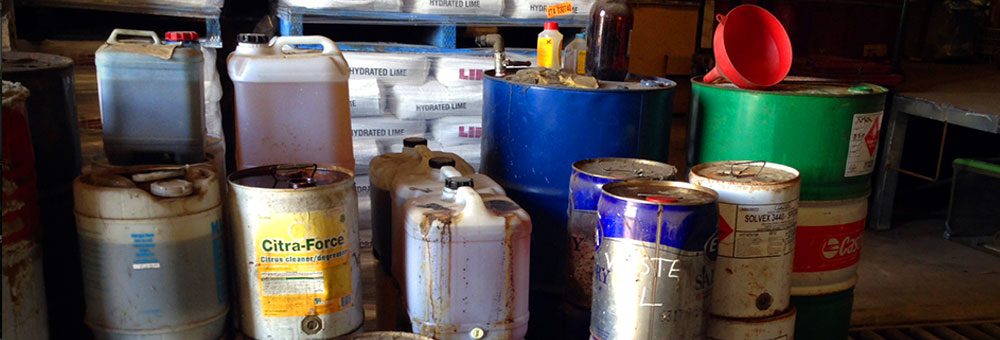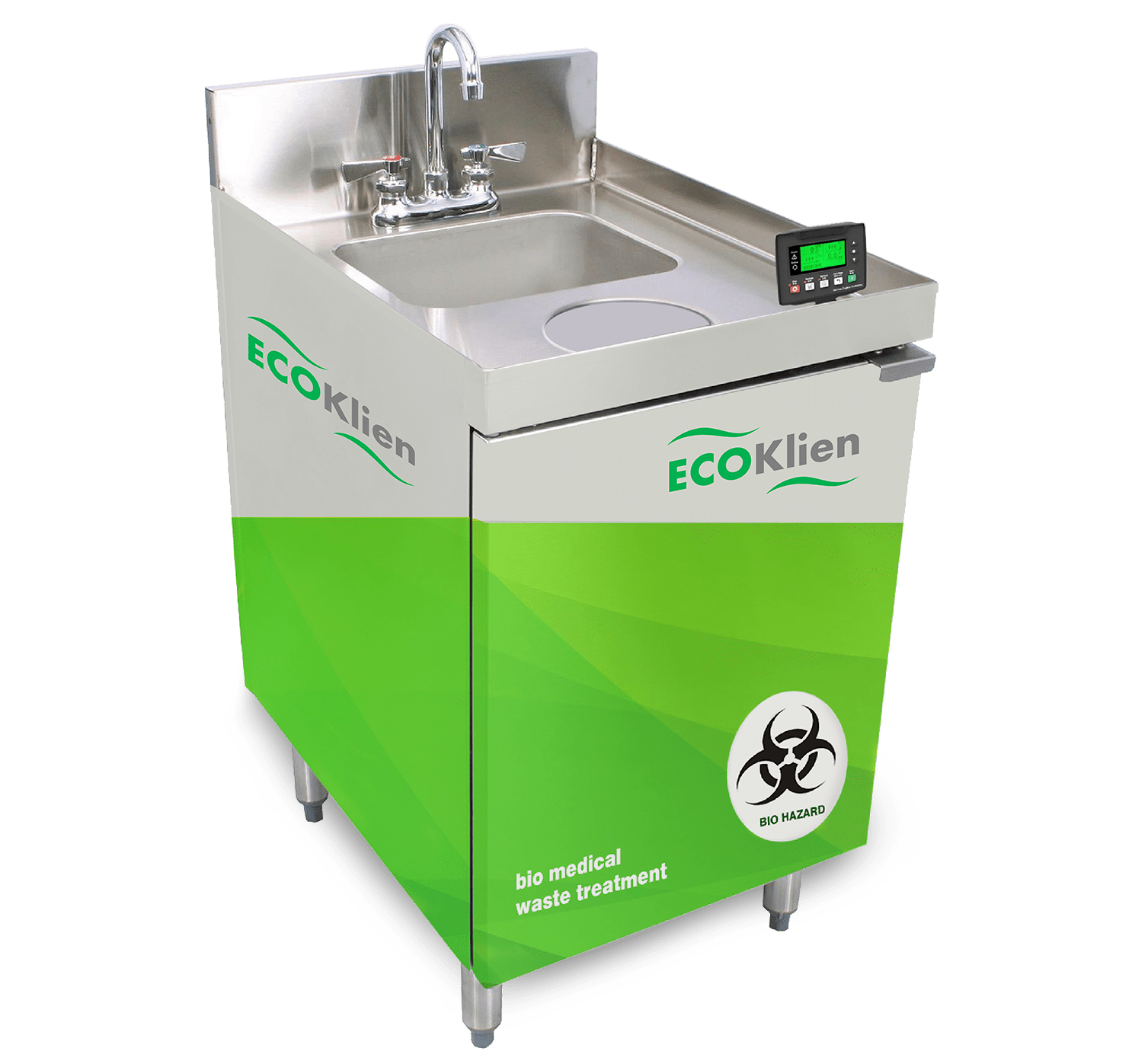Specialist Liquid Waste Removal Melbourne: Maintaining Your Setting Tidy
Specialist Liquid Waste Removal Melbourne: Maintaining Your Setting Tidy
Blog Article
Exactly How Liquid Waste Disposal Functions: An In-depth Overview of Techniques and Technologies Employed

Review of Fluid Waste Types
The complexity of fluid waste kinds necessitates a comprehensive understanding of their qualities and ramifications for disposal. Liquid waste can broadly be categorized into several kinds, including commercial, local, farming, and harmful waste. Each category exhibits distinct residential properties, requiring specific management methods to alleviate ecological and health and wellness threats.
Industrial liquid waste stems from making processes and frequently consists of a variety of impurities, such as hefty metals, solvents, and organic compounds. Local fluid waste, primarily making up wastewater from families and business establishments, contains natural matter, nutrients, and virus (industrial wastewater treatment). Agricultural liquid waste, including runoff from ranches, may consist of fertilizers, chemicals, and animal waste, posing risks to water quality and ecosystems
Unsafe fluid waste is identified by its poisoning, sensitivity, or possible to trigger harm. Understanding these varied liquid waste kinds is essential for creating efficient disposal methods and making sure compliance with environmental policies.
Physical Therapy Techniques

Screening is the preliminary action, where bigger fragments and particles are eliminated from the liquid waste making use of screens or grates. This process shields downstream devices from damage and makes certain smoother procedure. Complying with testing, sedimentation utilizes gravitational force to separate solids from liquids. In sedimentation storage tanks, much heavier fragments resolve at the bottom, creating a sludge layer, while the made clear liquid can be additional treated.
Filtration is one more necessary method that includes passing the fluid through permeable materials, such as sand or membranes, to record smaller sized fragments. This step boosts the quality of the liquid, making it suitable for succeeding therapy processes.

Chemical Treatment Strategies
Chemical treatment methods are essential for effectively handling fluid waste, particularly in resolving liquified and colloidal contaminants that physical approaches may not adequately get rid of. These techniques make use of different chemical agents to reduce the effects of, speed up, or transform unsafe substances into much less hazardous forms.
One usual technique is coagulation and flocculation, where chemicals such as alum or ferric chloride are included in promote the aggregation of suspended particles. This procedure enhances sedimentation, allowing for less complicated removal of the resulting sludge. Additionally, oxidation processes, utilizing representatives like chlorine or ozone, are used to damage down complex natural compounds and virus, making the waste more secure for discharge or additional therapy.
Neutralization is one more important method, which readjusts the pH of acidic or alkaline waste streams to neutral levels, avoiding prospective damage to downstream systems and the atmosphere. Furthermore, progressed oxidation processes (AOPs) utilize mixes of oxidants and ultraviolet light to break down persistent contaminants, attaining a higher level of therapy performance.
Organic Therapy Procedures
Biological treatment procedures play a vital function in the administration of fluid waste by utilizing bacteria to decompose organic issue and minimize pollutant levels. These processes can be generally classified into cardiovascular and anaerobic therapies, each utilizing certain microbial neighborhoods to achieve reliable waste degradation.
Aerobic treatment entails making use of oxygen to assist in More about the author the failure of organic materials by germs. This process is frequently carried out in triggered sludge systems, where oygenation containers provide a favorable setting for microbial development, causing the oxidation of natural contaminants. The resultant biomass can be separated from dealt with effluent through sedimentation.
On the other hand, anaerobic treatment takes place in the lack of oxygen, relying upon various microorganisms to damage down raw material. This method is particularly useful for high-strength waste, as it generates biogas, a renewable resource resource, while reducing sludge manufacturing. Technologies such as anaerobic digesters are regularly used in community and industrial applications.
Both cardiovascular and anaerobic biological company website therapies not just lessen the ecological impact of liquid waste yet also help with source recovery, making them essential elements of lasting waste management approaches. Their adaptability, efficiency, and effectiveness support their widespread implementation across different fields.
Arising Technologies in Disposal
Cutting-edge methods to liquid garbage disposal are swiftly developing, driven by advancements in technology and a boosting emphasis on sustainability. Among these emerging modern technologies, membrane bioreactors (MBRs) have obtained traction for their capacity to incorporate organic treatment with membrane filtering, resulting in high-grade effluent that can be recycled in various applications. MBRs allow smaller sized footprints and extra efficient procedures contrasted to conventional systems.
One more appealing growth is the use of anaerobic food digestion combined with nutrient recovery modern technologies, which not only treats liquid waste yet additionally generates biogas and recuperates beneficial nutrients like nitrogen and phosphorus. This dual advantage enhances resource performance and reduces ecological influence.
Furthermore, advanced oxidation processes (AOPs) are being embraced for the deterioration of intricate natural toxins. These techniques make use of effective oxidants and catalysts to break down pollutants at the molecular level, using a very effective remedy for tough waste streams.
In addition, the integration of artificial knowledge and device understanding in waste administration systems is maximizing operational effectiveness and predictive maintenance, bring about reduced expenses and boosted environmental conformity. These innovations show a substantial change towards even more efficient and sustainable liquid garbage disposal methods.
Conclusion
Finally, effective fluid waste disposal requires an extensive understanding of different techniques and modern technologies. The combination of physical, chemical, and biological therapy approaches ensures the effective administration of varied waste kinds. In addition, the development of innovative technologies improves therapy effectiveness and advertises sustainability in waste monitoring methods. By constantly advancing these techniques, it comes to be possible to deal with the expanding challenges related to liquid waste, eventually adding to environmental management and resource recuperation.
Liquid waste disposal is a crucial element of ecological management, requiring a detailed understanding of numerous methods and innovations tailored to different waste types. Liquid waste can broadly be categorized into numerous types, consisting of commercial, municipal, agricultural, and harmful waste. Agricultural fluid waste, including overflow from farms, may have fertilizers, chemicals, and animal waste, posturing threats to water quality and ecosystems.
Various physical therapy methods play a critical duty in managing fluid waste properly - industrial blog wastewater treatment.In verdict, reliable fluid waste disposal requires a thorough understanding of various strategies and technologies
Report this page